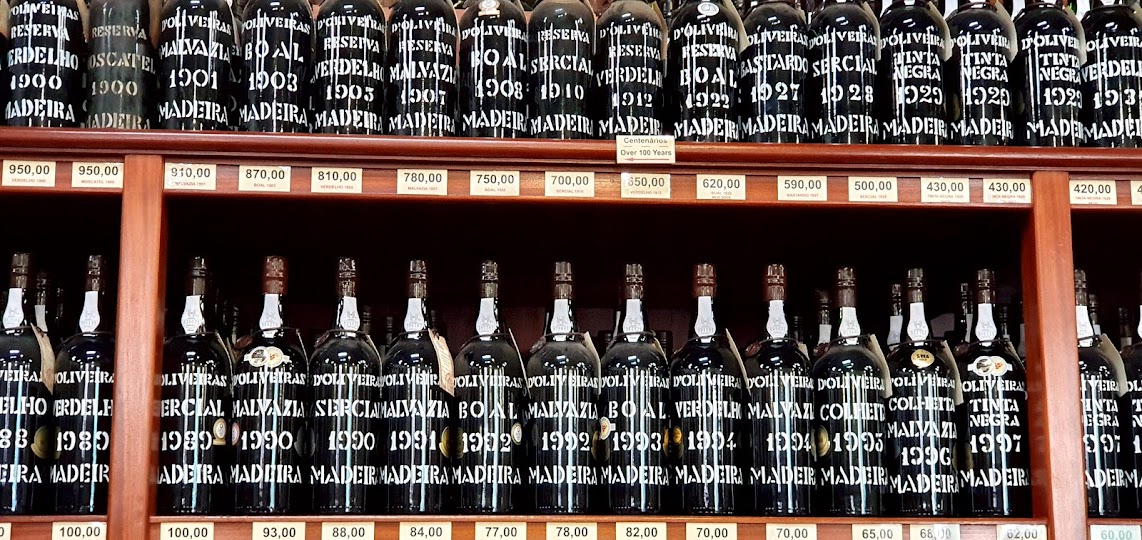London offers a boundless range of opportunities for the wine trade and we wine writers are lucky to have access to superb opportunities to develop our palates and our skills. It is impossible to attend even a small fraction of all the available events, so I have decided to prioritize those that offer masterclasses. This is always a more structured and educational opportunity to learn than the free pours where even the most meticulous taster can easily become overwhelmed.
The UK Sommelier Association, expertly led by Andrea Rinaldi with a passionate deputy and indefatigable event organizer in Federica Zanghirella is a leader is organizing highly instructive master classes.
Here below my notes about two such pearls that revolved around the production of the Zonin house, originally from Venetia, where they still make the bulk of their wines, but now well established in Tuscany as well.
 |
| Thanks to Andrea Rinaldi always my mentor at AIS in the UK. |
Masterclass 1: Ca' Bolani whites: Opimio Pinot Bianco and Aquilis Sauvignon.
Christopher Burr, Federica Zanghirella presenting with Roberto Marcolini, winemaker of Ca' Bolani
Zonin is based in Venetia, in the heart of the Aquileia DOC region. Here people have made wine for over 3000 years, started well before Romans who however developed viticulture in a systematic way.
There are now 570 hectares of vines, mostly 5,000 vines per hectare.
The area is protected between sea and mountain, and the trademark bora wind regularly dries the air, which is of course good for viticulture. Significant day night temperature variations create good condition for ripening. Very diverse soils over estate.
Flight 1: Optimio, 100% pinot bianco
The names comes from a Roman consul who was well known for the good wines produced under his rule. In Venetia, as in most of Italy and indeed Europe, the Romans were pioneers of viticulture, expanding and developing what they learned from the Greeks and the Phoenicians.
We tasted three vintages of this underrated grape, which I love because it is a versatile wine, unpretentious but always surprisingly well versed to match medium structured food. Besides the obvious fish and white meat dishes you can have these with medium aged cheese and some Indian masala recipes or southern Chinese sweet and sour dishes. I'd like to try it with dim sum from Guangzhou or Honk Kong.
2020
Pinot bianco, smooth with lingering freshness, moderately long
Ready now might benefit from a couple of further years of evolution in the bottle
Score 88
2018
Smoother than 2020 still good freshness. Drink now
Score 89
2016
Unsurprisingly the most evolved, smoothest and most complex and long of the trio.
Score 90
Flight 2. Aquilis sauvignon blanc Friuli Doc
2018
A surprising sauvignon with nutty and vanilla notes that make it a unique interpretation of this classic grape. Complex and long.
Score 92
2016
A more evolved bottle, smoothness is raised to higher levels to the point of making an elegant wine with a mouthful of complex sensations.
Score 93
2014
Mature long complex
Score 94
 |
| Thanks to my teacher Federica Zanghirella for introducing the day's food and wine pairing combination and the eccentric exhibition by Christopher Burr |
Masterclass 2: A culinary trip in Tuscany with the most iconic wines of Castello di Albola paired with traditional Tuscan dishes by Executive Chef Giovanni Zagni.
Castello di Albola is owned by the Zonin house since 1979. It now has a substantial 900 hectares of farms, but only 110 of these are vineyards. Mostly work on single vineyard wines. They started organic conversion in 2016, and it is now completed. They claim to fame as pioneers in respecting environmental, social (employment condition) as well as economic sustainability.
Poggio alle Fate 2022
Chardonnay
Strong acidity attack but evolves in the mouth to a perfectly balanced and long wine.
Paired with pappa al pomodoro.
Paired by concordance of medium structure and contrast of acidity with sweet tendency of the tomato.
Score 91
Chianti classico 2023
sangiovese
Again with pappa al pomodoro
Still young, tannins need a bit of time in the bottle.
Tannins contrast well with tomatoes but slightly overwhelm their sweet tendency.
Score 88
Chianti classico riserva 2021
sangiovese
A majestic Chianti, ready but with a few years of evolution potential.
Matched with vegetarian ribollita, good concordance pairing between moderate tannins and moderately structured food with delicate sweet tendency.
Score 92
Il Solatìo 2019 gran selezione
sangiovese
Powerful elegant chianti, absolutely ready now with balance and good length.
Paired with pici alla buttera (homemade pasta with ragoût and black olives)
Score 91
Acciaiolo 2016
cabernet sauvignon 80% sangiovese 20%
First harvest 1988, one of the original "Super Tuscans"
Ready masterpiece, perfect balance and length
Paired with pappardelle al cinghiale, concordance of strong structures and contrast of tannins with fatty sauce. A harmonious wine.
Score 95
Vin santo 2010
Trebbiano and malvasia
Harvested late, in October.
Dried on racks, pressed in December, obviously very little yield.
Almonds orange peel notes. Sink cantucci biscuits, or similar dry biscuits with nuts, in this wine.
Score 93
































